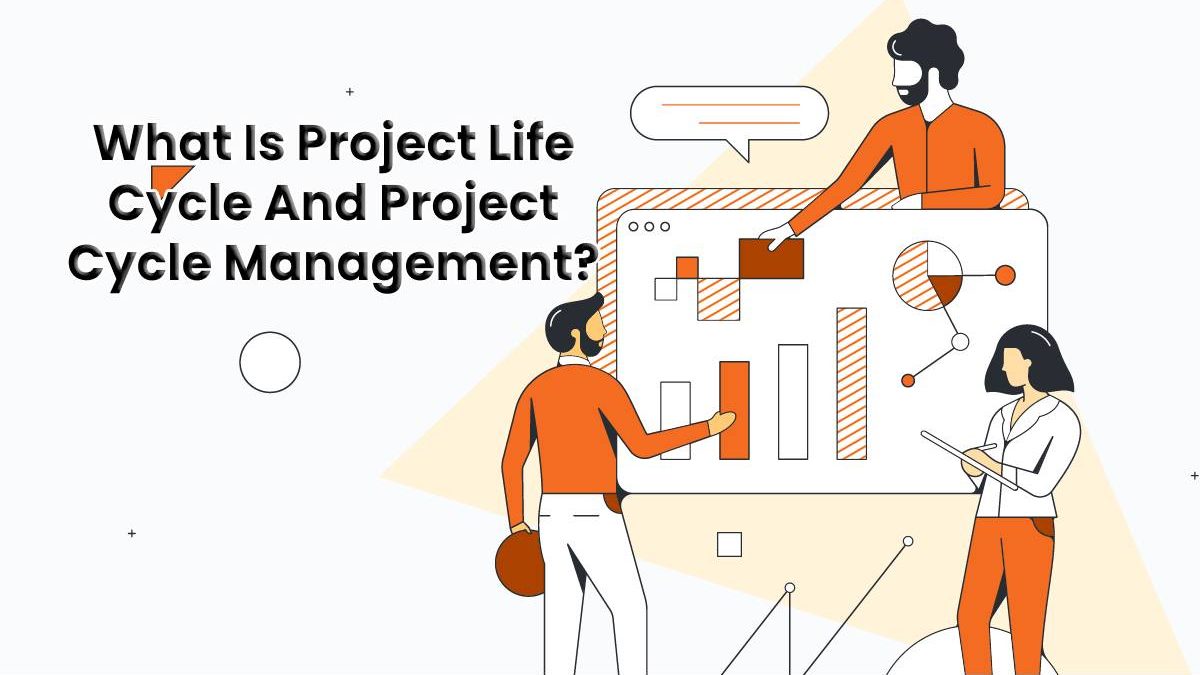In the highly competitive business environment today, businesses have to apply the right initiatives and strategies to deliver excellence. To stay ahead, it has become necessary to follow a systematic strategy for business operations. Project cycle management is the latest buzzword used to implement any new initiative in businesses. No matter what project management framework or methodology you use, each project has the same life cycle. A project’s life cycle guides teams and project managers alike on how they can move a project from beginning to closure.
Table of Contents
What is Project Life Cycle?
Project life cycle refers to the high-level procedure of delivering any project and the various steps included to make things work. It offers a structured method to start, execute, and end a project. Project life cycle also offers a project with tools and structure to make sure they become successful. If you are a project manager or want to become one, it is a process you should know well. The above question is often included in project manager interview questions of organizations. Let’s discuss the five phases that come together to make a project life cycle.
Project Initiation
Initiating a project is all about starting a project with the client and with your team. In this stage, you will get all the available data and information to define scope, resources, and cost. The project initiation stage takes the project’s loose brief and tells you what the project wants to achieve and do to become successful.
Project Planning
Project planning is the most vital stage in the project life cycle. In this phase, you define the work that needs to be done. You also have to create a roadmap to follow for the successful completion of the project. During project planning, you also decide how you and the team will achieve the project goals. This stage offers a project plan which outlines the tasks, activities, time frames, and dependencies.
Project Execution
Project execution is when you get to execute the project plan. You get your resources onboard, set the rules, brief them, and more. Following this, everyone works together to perform the tasks scheduled in the project plan.
Project Monitoring and Controlling
It is one of the most difficult parts of the project life cycle. This phase includes reporting on project performance and controlling and monitoring it. It refers to ensuring that the project is proceeding as per the plan. If it is not, you need to control it by taking measures to get it on track.
Project Closure
In this phase, your project is complete, and your work has ended as a project manager. However, the project is not yet over. Ensure to perform a post-mortem or conduct a project review meeting to discuss the weakness and strengths of the project, what did not go well or what went wrong, and how you can improve it. It can be a rewarding stage of the project life cycle.
These were the five essential phases of a project life cycle. Now that you know what is involved in a project life cycle let us move on and find out what project management is.
What is Project Cycle Management?
Project cycle management is a set of practices that involve using skills, knowledge, tools, processes, and methods to attain particular project requirements as per the project criteria within the set timeframe and budget. It includes various principles and policies to take a project from initiation to completion. It also includes processes to recognize the requirements, make a plan to set achievable and clear goals, and execute the plan until the goals of the project are achieved.
Do project life cycle and project management look simple to you? Of course, no. Projects are complicated and involve many variables and grey areas. If you want to master project life cycle and project management, enroll yourself in an operations management course today. Once you gain expertise in this, you can pursue a career as a project manager.

